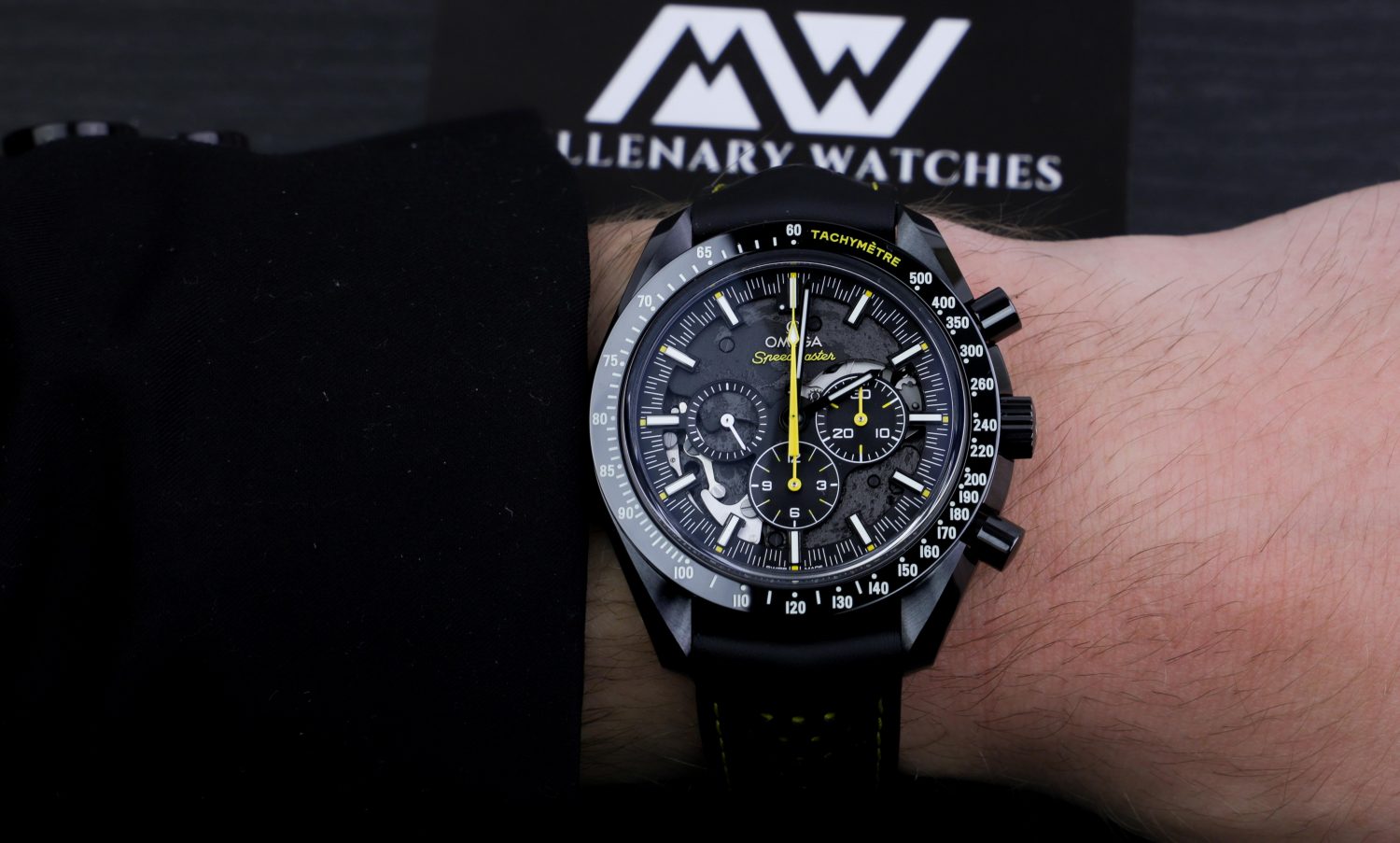
Hand-Wound VS Automatic Watch Which is Best?
What is the difference between a hand-wound and an automatic watch? Also known as manual or automatic watch. Which is best?
A question we receive often from our customers and readers is if they should buy a hand-wound or automatic watch. The answer is that it depends, but we will help you get the information you need in order to make a good and correct decision.
Mechanical wristwatches have existed for almost two centuries. The first wristwatch is credited to be created by Abraham Louis-Breguet in 1810. Mechanical watches, in the form of pocket watches, have existed long before that.
As people realized the practicality of wearing your watch on the wrist as opposed to having to take up a pocket watch, its popularity increased. The early mechanical wristwatches were all hand-wound, as the technology and innovation of automatic watches.
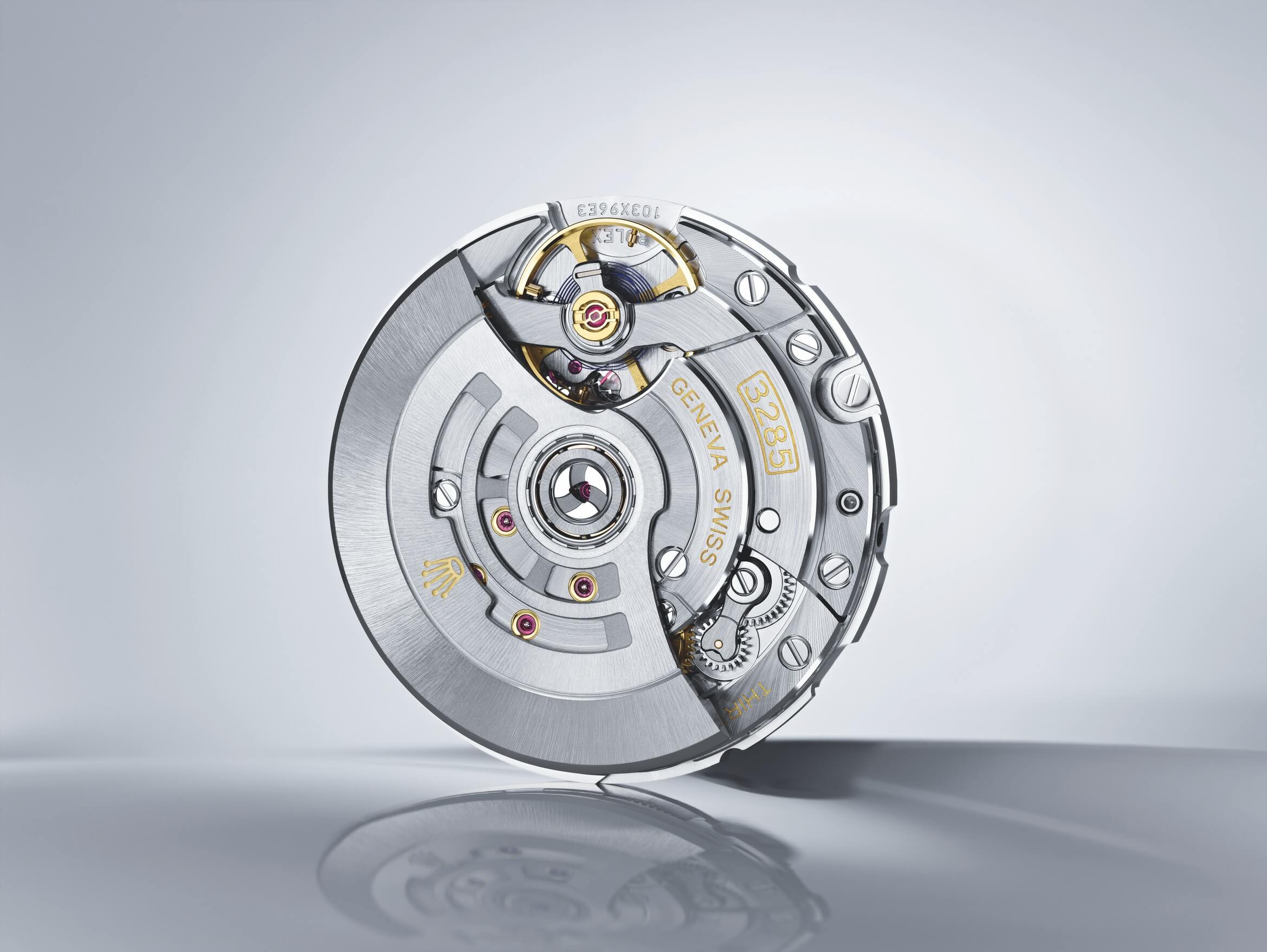
Hand-wound and automatic watches both have their pros and cons. Before we go into the details of that, let’s try to understand what exactly defines a hand-wound and automatic watch respectively.
A mechanical movement works in the way that it stores energy in the mainspring. When the mainspring is wound, the watch has the energy to operate and indicate the time. The energy stored in the mainspring is then released in a controlled way (to ensure the watch keeps its accuracy) via an escapement. And when the energy has run out, the watch stops. How long a watch can operate without being wound (either automatically or manually) depends on the watch’s power reserve. This can vary from a day up to more than a week on some models.
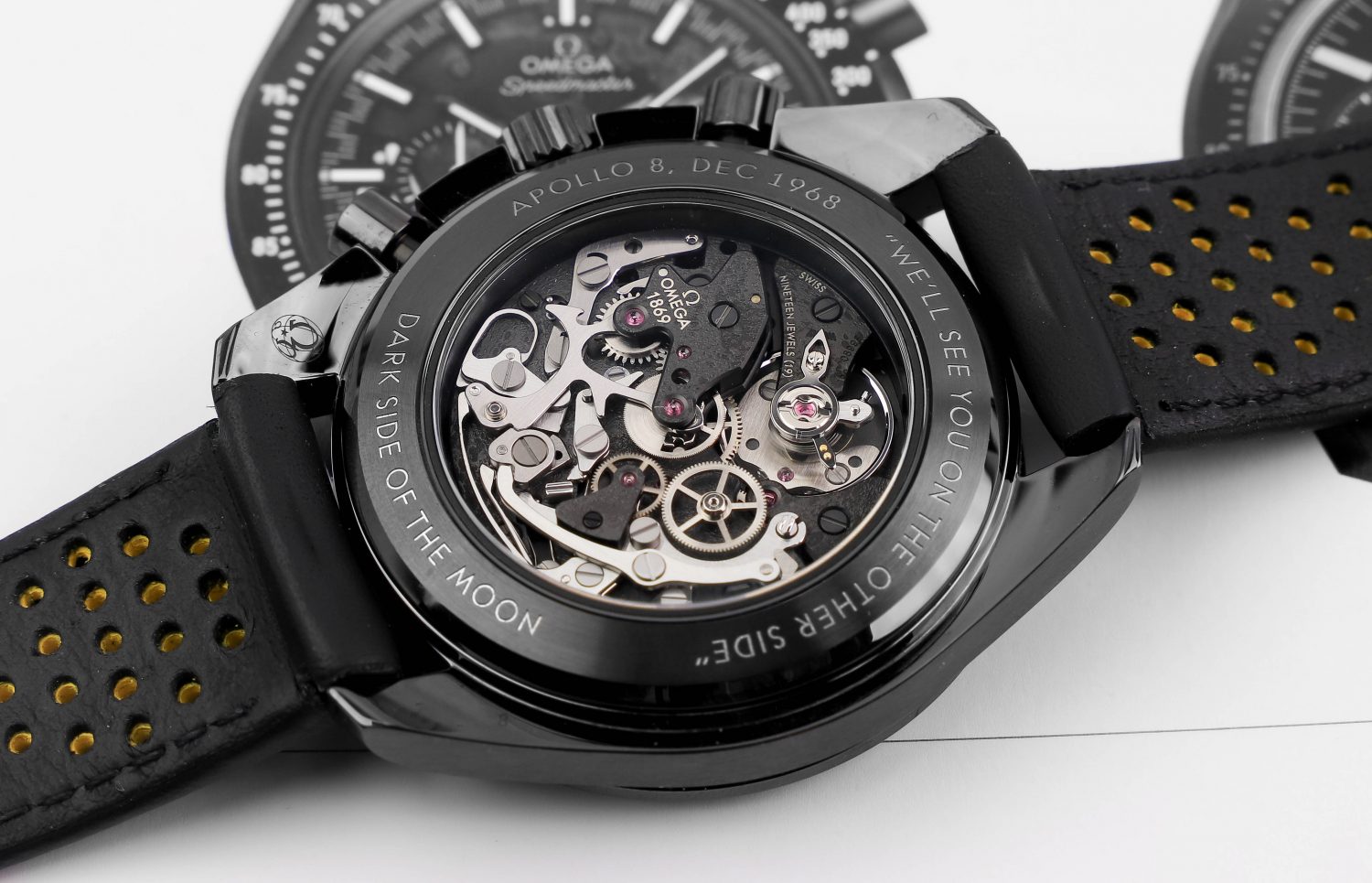
The difference between a hand-wound (also known as a manual movement), and an automatic watch, is the way they get their energy.
What is a hand-wound watch?
A hand-wound, or manual watch, gets its energy from, as the name suggests, being wound up by hand.
A hand-wound watch needs to be regularly wound by hand. If the watch is not wound, it will stop as the energy stored in the mainspring runs out.

What is an automatic watch?
An automatic watch, as the name suggests, gets its energy automatically, without having to be wound by hand. How is this possible? Automatic watches are also known as self-winding watches.
An automatic watch is wound up by the movements of the wrist via a rotor, which spins, and charges the mainspring.
With that said, if you don’t wear your automatic watch, it will eventually stop when it has run out of energy, as without movement, the rotor doesn’t spin, and thus the mainspring does not get charged with new energy.
Pros and cons of hand-wound (manual) VS automatic watch
Pros Automatic watch
The main benefit of automatic watches is that as long as you wear them, you do not have to think about winding them. From the energy that the wrist movements generate, the watch will get enough energy to function and operate perfectly.
Another benefit of choosing an automatic watch is simply that there is more to choose from. Because the market prefers automatic watches, and because of their convenience, most mechanical watches that are made are automatic watches. This means that you will have a larger selection to choose from. With that said, if you listen to the market and the manufacturers, they seem to have agreed that automatic watches are the best due to their practicality. But this can be debated.
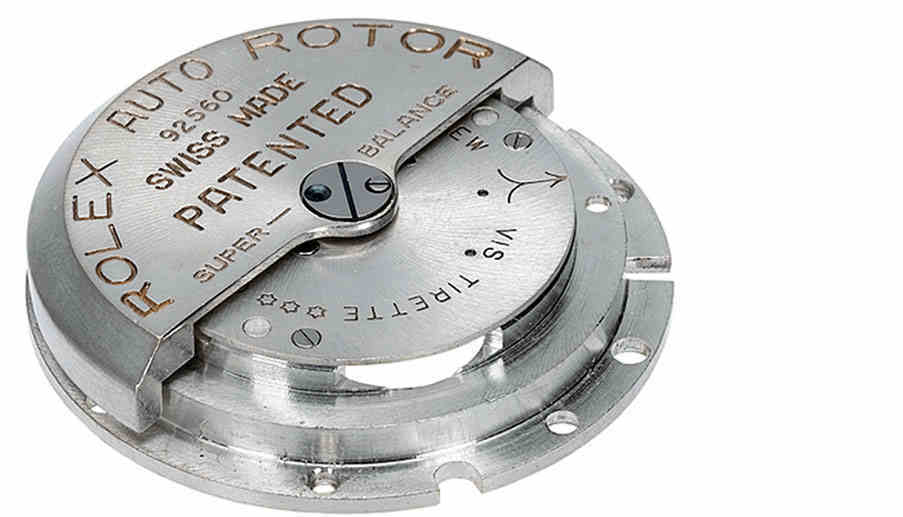
Cons Automatic watch
By having an automatic watch, you do not interact with the watch in the same way as a manual watch. This may prevent you from truly appreciating the craftsmanship and the fine movement that the watch is powered by.
Generally speaking, since a rotor is mounted on the movement, automatic watches tend to be thicker than a manual watch. Furthermore, because a rotor is yet another part of the watch, and the rotor is generally quite heavy in order to function optimally, automatic watch tends to be heavier than mechanical watches.
With that said, if you prefer slimmer watches, you may want to choose a hand-wound watch. At the same time, this cannot be said as a general rule, as automatic watches may be thicker than manual movements.
An automatic watch will only be beneficial if worn regularly. If you don’t wear your automatic watch regularly, the fact that it is automatic won’t have any benefit for you, as it will have run out of energy and stopped when it is time for you to wear it again.
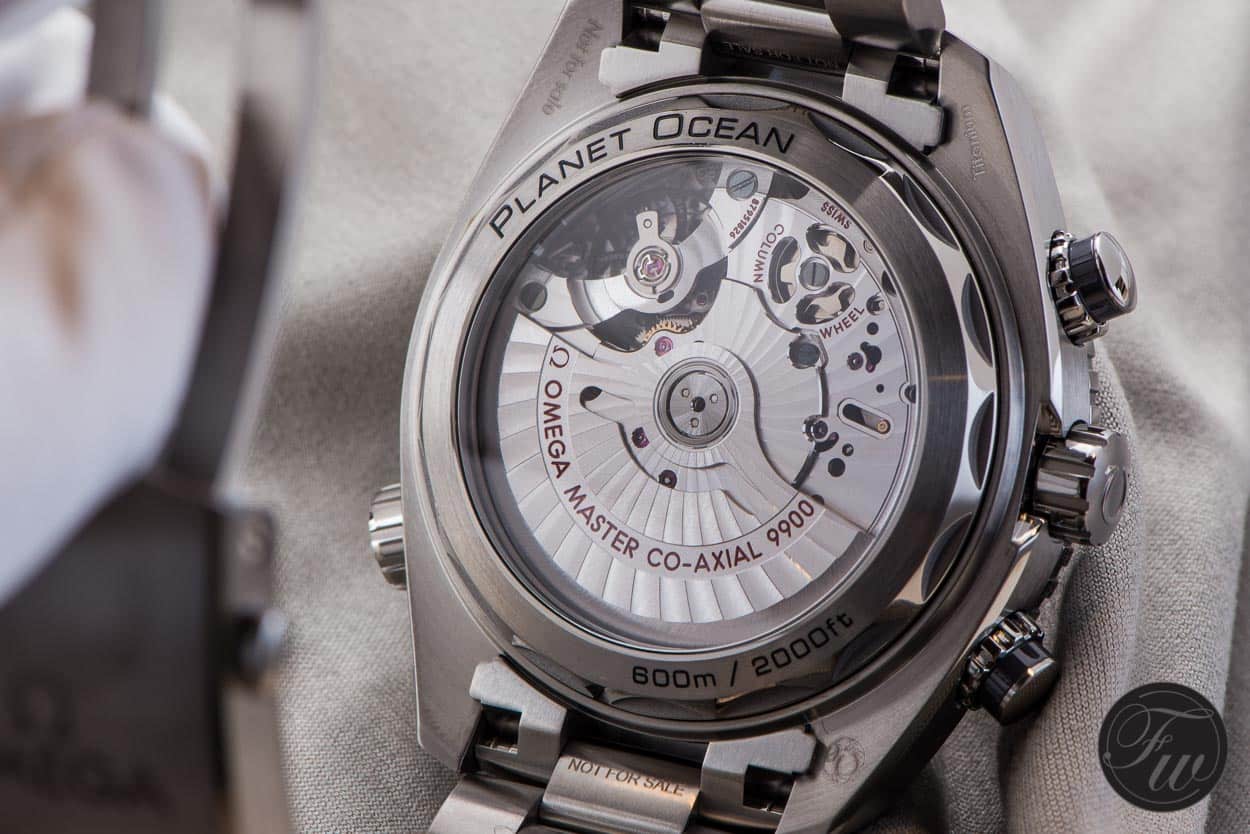
Pros manual (hand-wound) watches
The main reason why people prefer manual, hand-wound watches, is that they allow the owner to interact with the mechanical movement. This creates a daily routine for the owner, where they can wind and appreciate the movement, and build a connection with the watch.
As mentioned regarding the automatic watch, the removal of the rotor also means the watch can (at least in theory), be thinner than an automatic counterpart.
Furthermore, if the watch is equipped with a see-through case back, the rotor will hide part of the movement. With a manual movement, the movement is not covered by the rotor, which enables you to appreciate the whole movement.
On paper, the choice of choosing an automatic movement over an automatic movement is easy. An automatic movement is superior in most ways. But the fact is that watches, to a large extent, are not rational. If this would be the case, people wouldn’t buy wristwatches for thousands of dollars. Instead, they would buy the cheapest wristwatch that does what it was made for – to tell the time.
Making winding your mechanical watch can become a relaxing daily ritual that creates a contrast to the otherwise digital world we are living in. Winding the watch gives a sense of enjoyment that it is relying on you to wind it in order to function.
Cons manual watch
The primary downside of a manual watch is that you need to remember to wind your watch on a regular basis. Otherwise, the watch will stop.
Generally speaking, hand-wound watches appeal to enthusiasts and watch lovers. With that said, people who primarily wear the watch as a piece of jewelry, or solely to keep track of time, may find the hand-winding tedious. It can also be difficult to remember to wind your watch, which will cause it to stop.
Another ”issue” of a hand-wound watch is that you interact with the crown often and frequently. The issue with this is that this may cause the seal of the watch to dry out and age, but also the threading (if the watch has a screw-down crown), gets worn out.
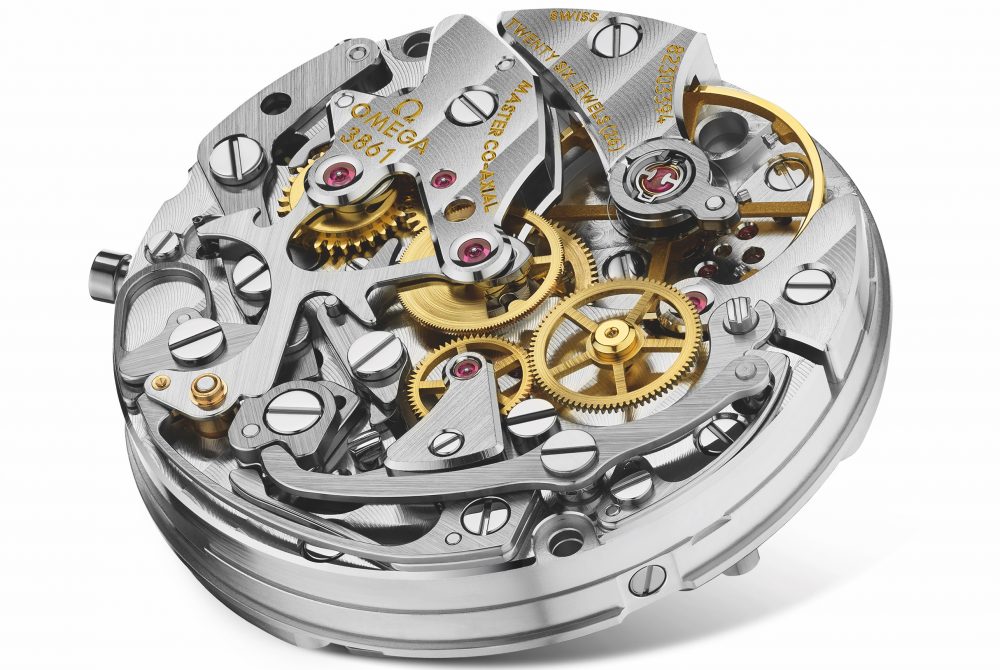
Conclusion
Hand-wound and automatic watches both come with their own sets of pros and cons. Historically, hand-wound movements were the only option, but eventually, automatic watches came about and offered the benefit of working without having to think about it. As long as you wore the watch.
If you want a close “emotional” connection with a mechanical movement, a hand-wound movement is the option to choose. This will give you a daily ritual of winding and appreciating your watch’s fine craftsmanship that has gone into making the movement.
On paper, the choice may seem easy. Why choose a watch with a movement that you need to remember to wind manually when you can choose an automatic watch with a rotor?
But the option of choosing a hand-wound watch over an automatic watch is not rational.





Hello,
Congratulations for the very interesting and instructing articles. I have just read most of them.
The third paragraph in this article begins with: ”Mechanical wristwatches have existed for almost two decades.”
I think it is two centuries, not decades. Or maybe I didn’t understand the sentence.
Regards
Hi!
Thank you for your comment and kind words!
Yes, it is indeed a typo. Thank you very much for pointing it out!
Kind regards,
MW
I have both automatic and manual hand-wound watches; to be honest, to me, there isn’t a great deal of difference, but, as you can wind the crown on an automatic watch to get it started, or to add more energy to the main spring, you’ve kind of got the two types of mechanical movements in an automatic watch anyway.
The smooth sweep of the second hand on an auto/manual is much more pleasing to the eye than a quartz movement, but , then, a quartz movement is so much more accurate than a mechanical one – so it all boils down to what you prefer and what you need it for; other than the obvious reason of being able to tell the time.
Good article – thanks for uploading.
Thank you for reading and for sharing your thoughts! Glad you liked it!
Kind regards,
Millenary Watches